Baked Bean Technology; Do it the smarter way!
Hello Africans, WAfricans, NaijAfricans, Americans, Russians, Europeans, Australians, Austrians, Antarcticans and indeed, every individual on the Steem blockchain reading this.
Yass! Weekend is here, and if you ask me, I'd tell you that it's a crunchy yummy one over here. There is always something special about weekends, you know. Besides the tons of laundry and clean up you may have to do, there's always that crave to do something different, go somewhere different and taste something different.
Variety they say, is the spice of life.
Of course, weekends are the best times one could relish the most tasty of delicacies without necessarily
considering the work and time factors. Personally, I've been on quick diets right from the first working day, but today, I decided to take something not-so-regular to the table.
Would you love to know what the something is? I can guess your answer already.
Baked bean pudding - what does it look like?
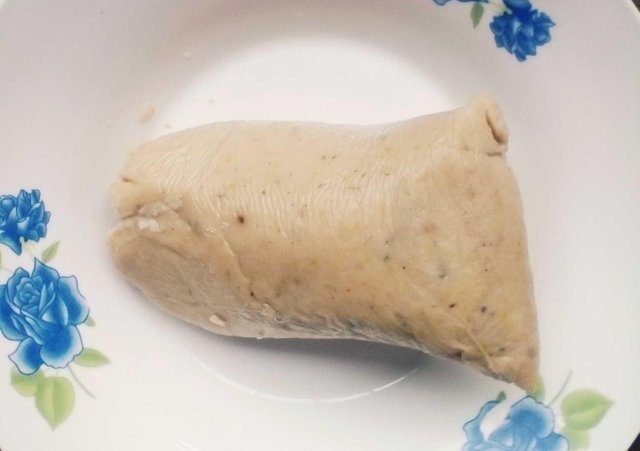
Moi-moi, as it is commonly called is a Nigerian originated food, notable for it's highly satisfying and rich protein contents. The genesis of It's production involves the removal of seed coats from white kidney beans (Phaseolus vulgaris) via thorough mashing, rinsing with clean water and sifting.
Two methods can be employed in the preparation of this delicacy viz;
Method one: Here, the decoated bean seeds are washed and ground to a smooth paste, before ingredients are being added and subsequently boiled. This is the commonest way of preparing moi-moi in this part of the world, and it is cool, considering the fact that every component would remain fresh The limiting factor to this method however, is that the whole quantity of ground beans must be used up at a time, as it would certainly go sour if it stays for multiple hours.
Method two: This is the smarter and re-engineered form of getting this pudding done. The initial processes of selecting, washing and sifting still apply here, but after the decoating (separation of the bean seed coat or chaff from the body) process is completed, the seeds are sun-dried in an open space until no trace of moisture is found in them. (This may take two to three days, depending on the intensity of solar heat)
Afterwards, the seeds are ground with a dry grinding machine (be careful that no moisture comes in during this process) and the flour, stored in a dry temperate container. The merit attached to this method is that the bean flour can be used at any point in time. It can be easily packaged, transported, and would also have a shelf life way longer than the product from method one.
For me, I prefer the latter method to the former, and I would waste no time further, in explaining how the preparation is carried out, based on personal experience.
How do I prepare moi-moi with dry bean flour?
First, be sure all basic kitchen utensils are clean, and in place. Heat about half a kettle of water, and when it boils, pour a reasonable quantity of it into a mixing bowl, add a little amount of cold water until the mixture is just warm.
Crush a sizeable bulb of onion and turn the contents into the bowl. Add a cooking spoon full of vegetable oil to the bowl too, then salt, seasoning cubes, pepper, (fresh is preferred, but the dried form isn't a bad choice) and crayfish, meat or fish.
NB: If you wish to include fish, then mash them to tiny pieces and keep them aside. You shouldn't include them until when the mixture meets your taste, and the flour is added.
You may chose to spice up the pudding with ginger, garlic and tumeric powder if you so desire, though that may not sound as a basic requirement for some chefs.
Quantity is a salient virtue when carrying out culinary activities such as this, so to be on the right path, I employed the use of a weighing scale to determine the quantity of flour i used to work with.
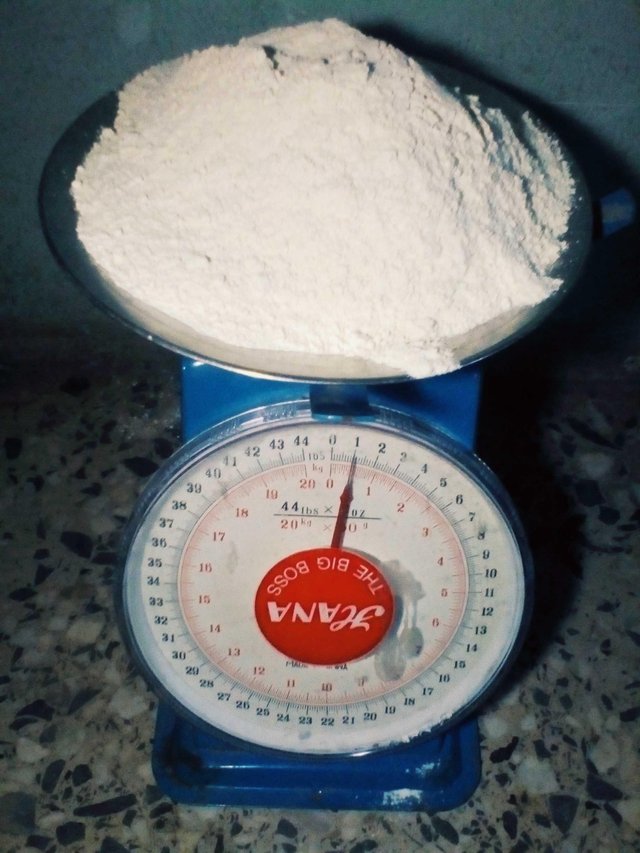
That's approximately 0.5Kg as you can see (inclusive of plate weight and gravitational force).
What did I do next? I turned the flour into the mixing bowl and stirred for some minutes, making sure that every particle of the flour is disintegrated into a slurry, then add the mashed pieces of fish and stir.
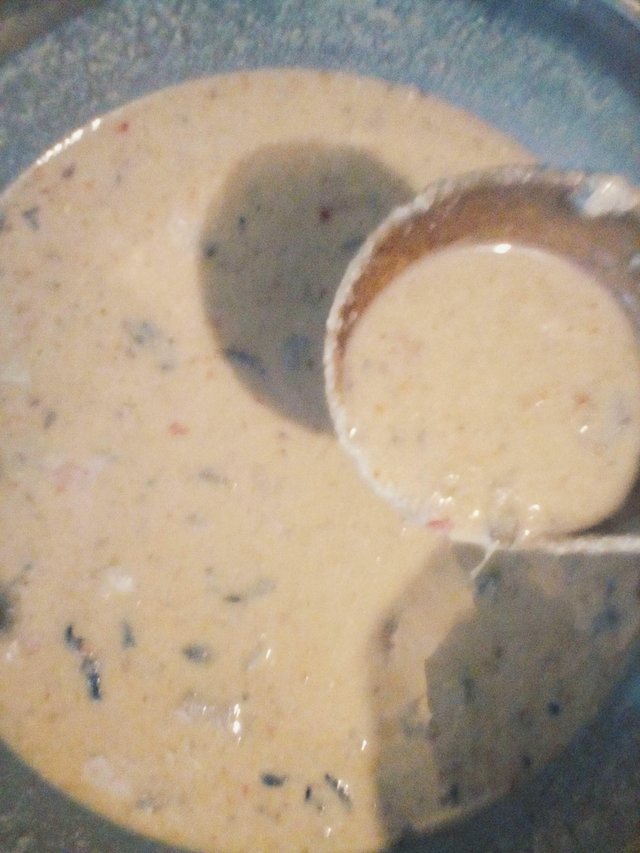
That being done, the next thing to do is pakaging for boiling. The choice of how to package, and the materials to package with vary with people. Individual choice is prominent here. While some may chose to use transparent nylon wrappers or aluminum foils to package these raw contents, another may chose to go the natural way and use fresh leaves to wrap them up. All good, they serve the same purpose. For me, I used small sized transparent nylon wrappers (waterproof) to package mine, because that was what I could easily lay my hands on.
Use a small cup or any convenient utensil to scoop the paste into your desired packaging medium. For those who chose to use nylon wrappers, you can tie the mouth of the wrapper with your hand manually, or seal the top electrically with a sealing machine.
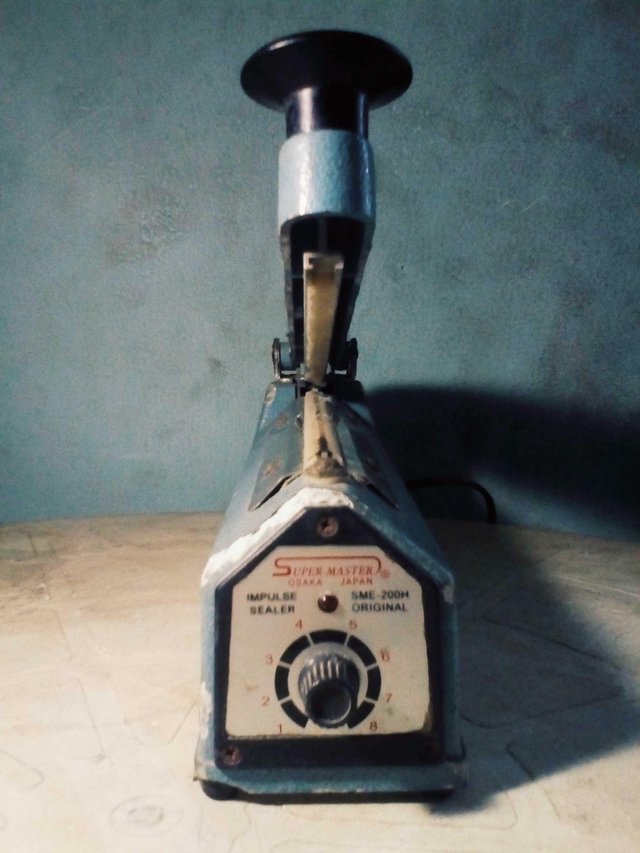
Due to power outage, I couldn't use this, so I went the manual way. I used my hands, and this is what I got;
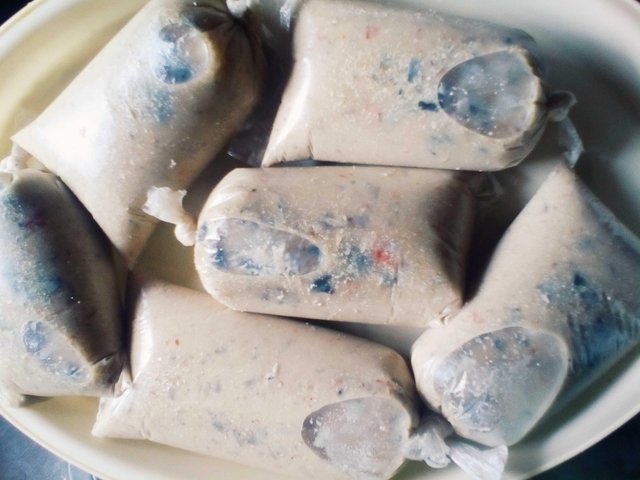
So we've made it to this stage. Wow. Now turn the wrapped contents into a cooking pot and pour in boiling water till it sufficiently covers the raw moi-moi contents.
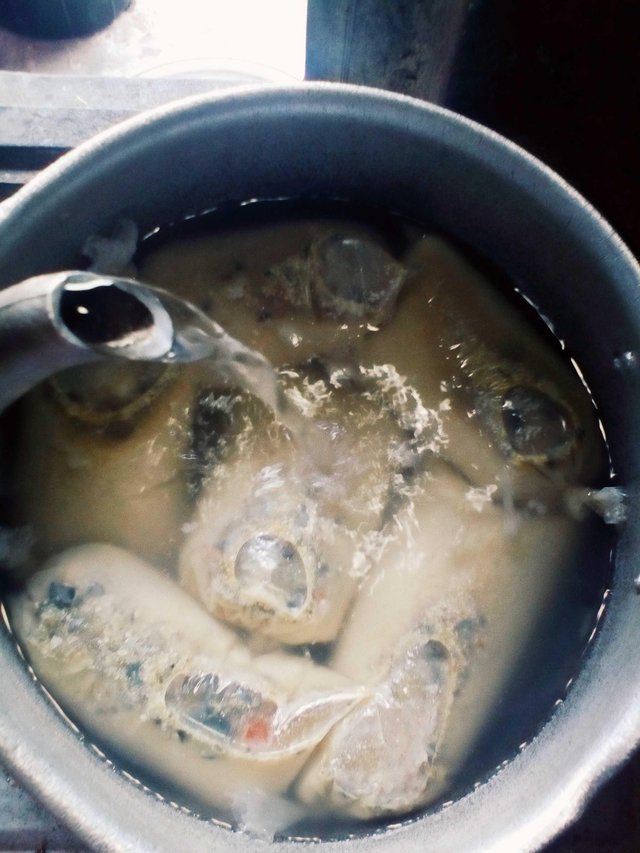
Allow it to boil for, let's say, twenty minutes.
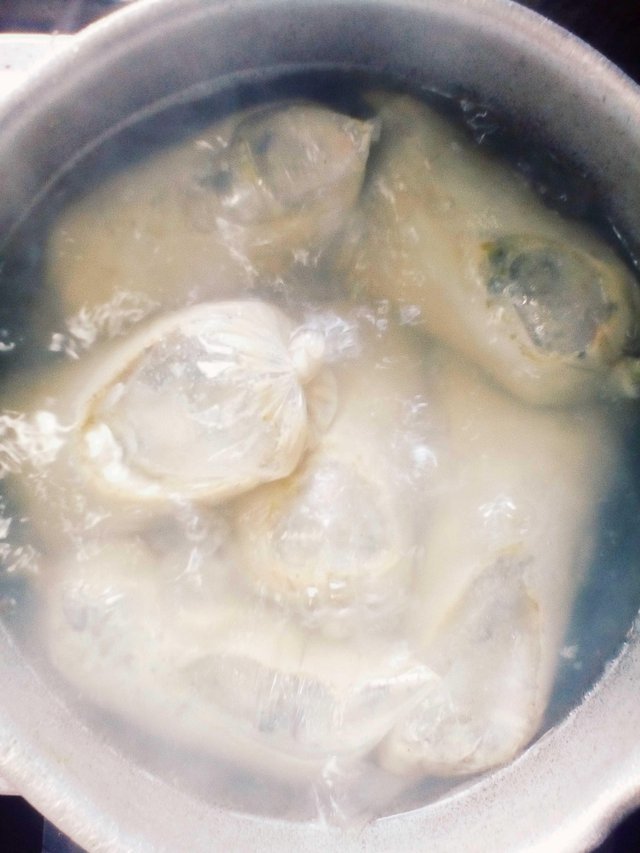
You can take out one and do a sample test to know if it is holistically done.
The taste of the pudding is in the eating.
You can also determine this by using a fork to feel the texture of the boiling food. If it solidifies, then you're good to go.
Get the pot off the fire, and take out your delicious moi-moi for a good munching time. Baked beans is best served when warm after cooking, so give it some time. It can serve as a good combination with rice, wheat slurry, pap, or even munched off as a snack with a bottle of chilled soda, or any other beverage drink.
For me, I chose to savour this delicacy with a plate of soaked Cassava flakes (commonly called garri).
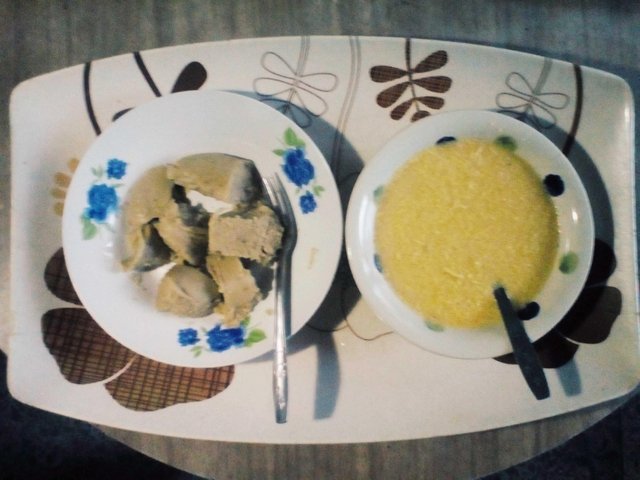
I'm a Nigerian, and in my country, we don't joke with such foods, Lol.